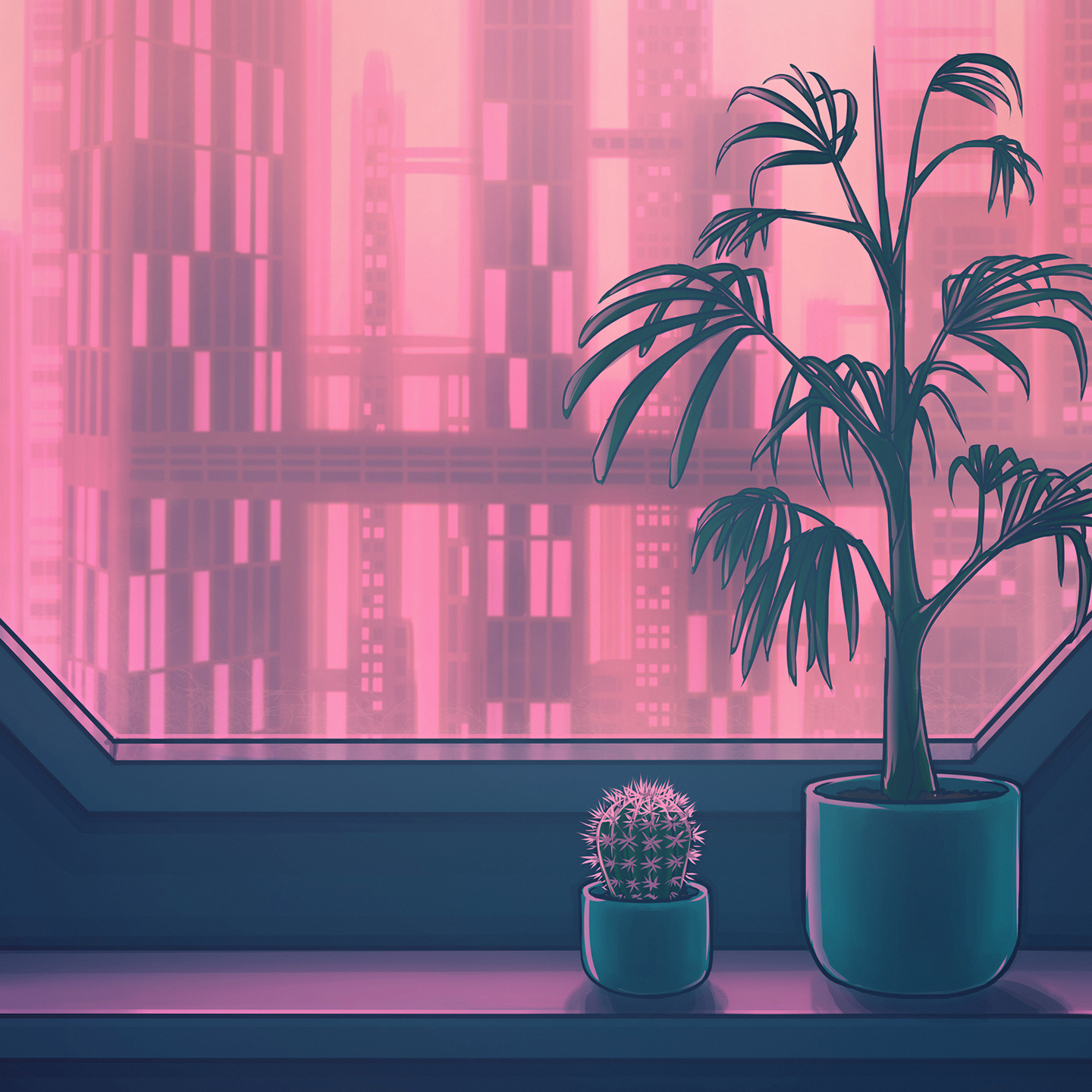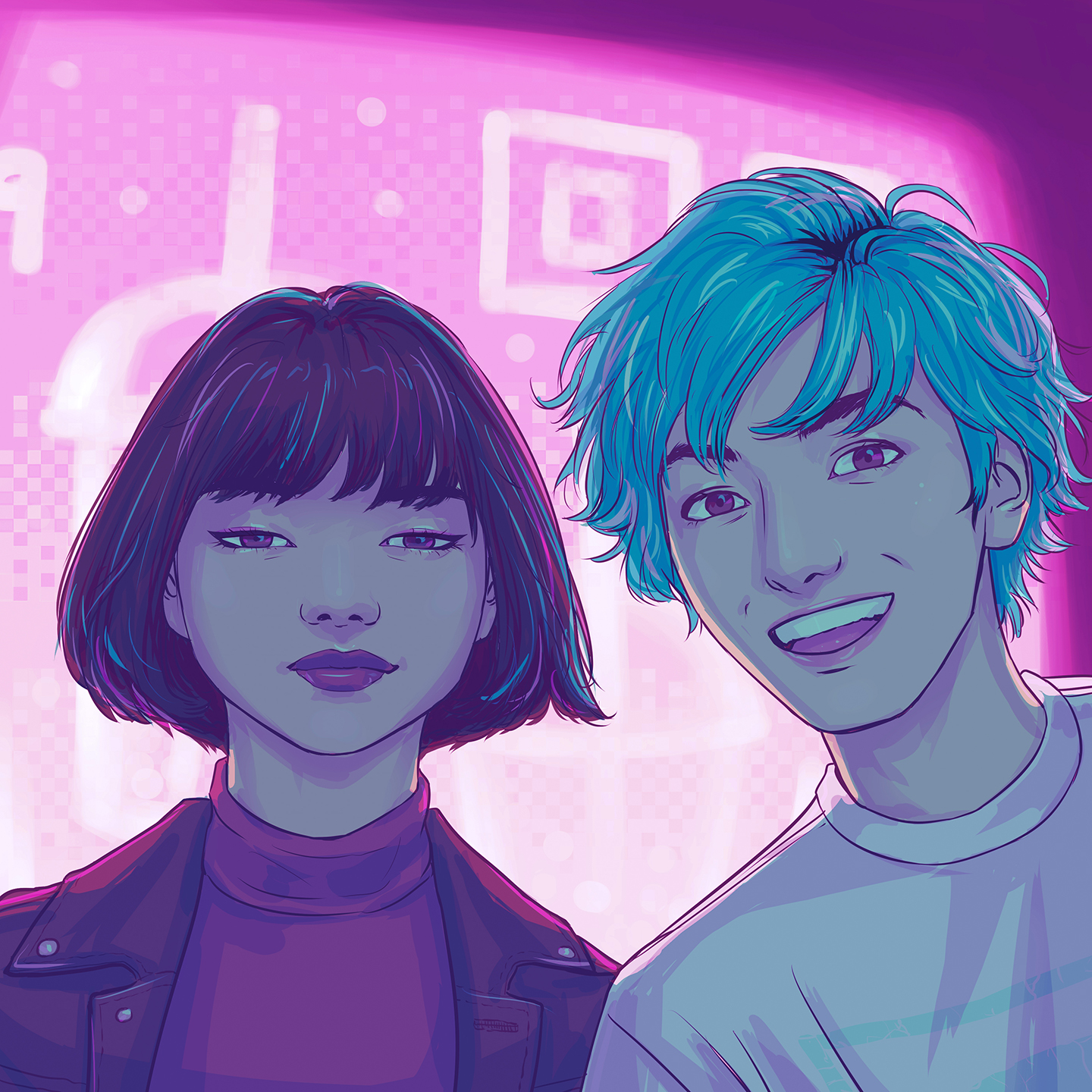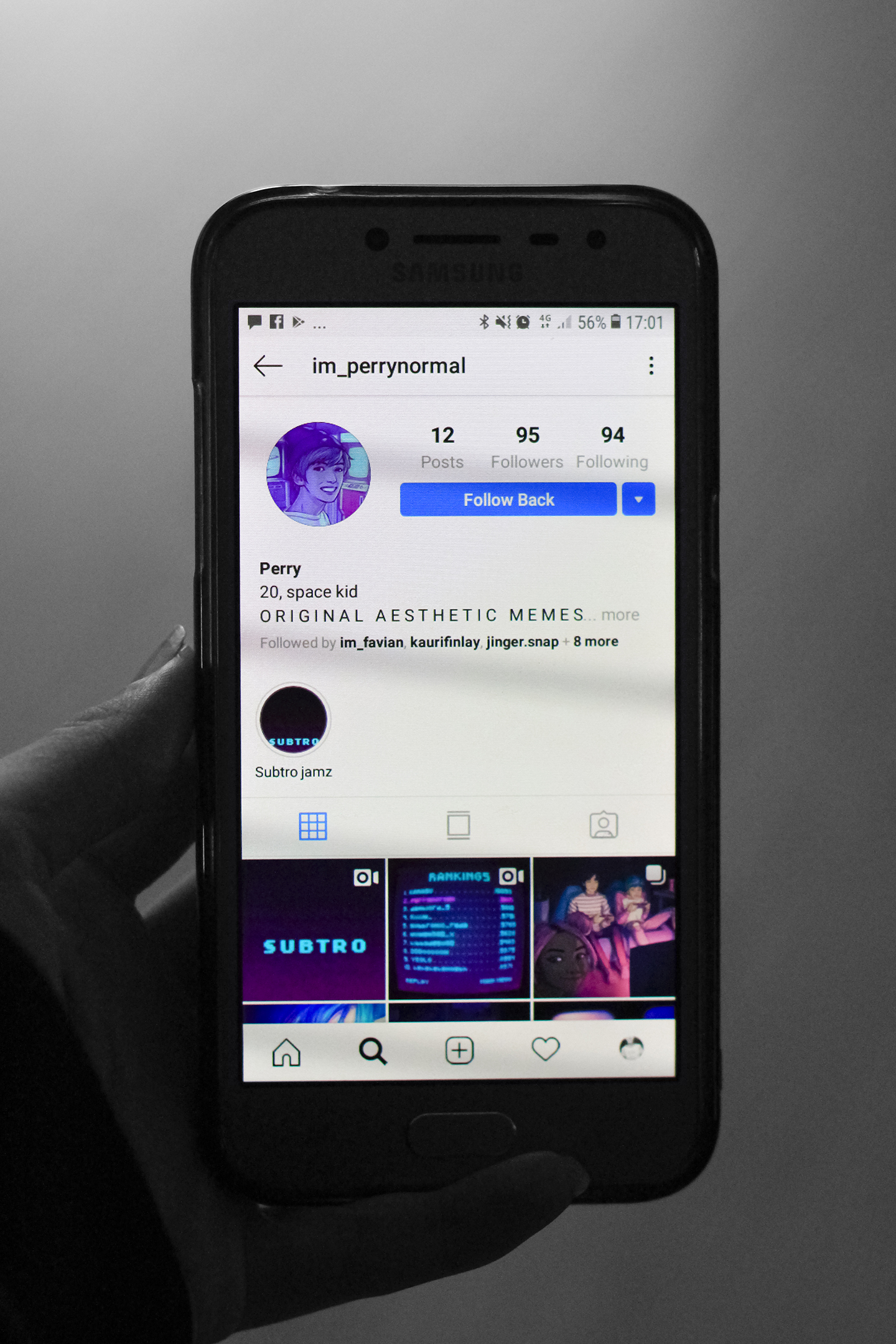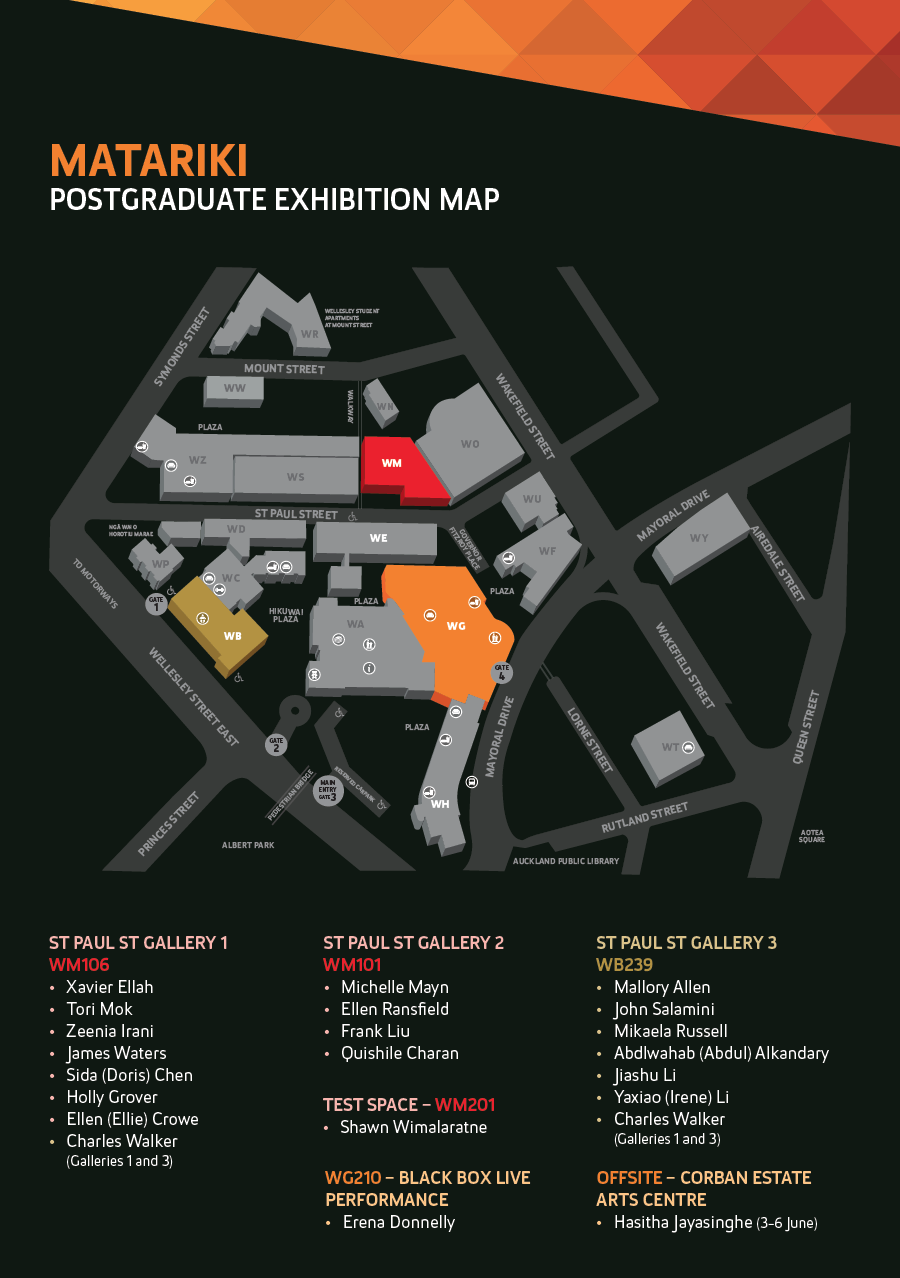Postgraduate Design Research – Ellie Crowe, AUT
Welcome to Postgraduate Design Research – an opportunity to profile a selection of current design postgraduate students and their projects across our tertiary institutions.
This week, to coincide with the launch of AUT’s MATARIKI POSTGRADUATE EXHIBITION we speak with Ellie Crowe from AUT.

What is your background and how did you get into design?
I started drawing in intermediate school as a way to channel my love of popular media into something productive. I spent much of my time scribbling portraits of my favourite fictional characters, actors and performers in various media. Over years I have contributed this ‘fanart’ to online fandom communities on DeviantArt and Tumblr––on which I gained over 14,000 followers. Having studied predominantly science and knowing nothing of design or how to use adobe software, I went straight from school into the AUT Communication Design bachelor’s degree. It was a good compromise for my math-teacher mother, who baulked at the idea of me studying art, but I soon found that it was exactly what I needed. Studying design has helped me direct my talents more wisely, greatly improving my creative practices and thought processes. After those three years, there was yet so much more I wanted to understand, so I went for the AUT Master of Design programme.

Tell us about your research.
Looking into various forms of storytelling and online culture, the aim of my research project was to create a fictional narrative on Instagram. I created five characters who become knowable through digital images I make and post to their individual Instagram accounts. Playing with the inherent fictionality of digital social media, I use illustration to create the illusion of Insta-life, yet with a stylistic allusion to comics and animated films, and emerging internet genres such as vaporwave and synthwave. I am interested in how the communication channels at work in visual narrative forms have to shift and morph to be able to function on the facilities available on Instagram as a medium, how story scenes might be enacted.

What drove you to this research area?
It was at the seat of many of my interests. This project began as the final year project of my undergraduate degree, which I decided to pursue further. I originally wanted to follow in the footsteps of my favourite storytellers and make a comic book, drafting a story from my experience with online culture and cyberspace. That was, until one day, my tutor threw me the curveball suggestion: “why don’t you just use Instagram?” I went home, mind ablaze with millions of possibilities and newfound excitement. The idea of an Instagram embedded story that was sort of like a comic, sort of something else entirely, was too good for me to let pass back into oblivion. Reading literature, comics, even watching television and films are becoming somewhat nostalgic activities, especially considering how social media is increasingly dominating our spare time, finding greater importance in society and business, and altering our attention spans. I think it is well worth the effort to investigate how stories––as engaging and effective educators of feeling and perspective influencers––can be reconfigured for emergent contexts.

Based on your research at present are there any discoveries that you can share with us?
Traditionally, stories have a teleological structure: they have a beginning, middle, and an end, where the timing of events is integral to the message of the story, which becomes apparent somewhere around the climax towards the end. This structure doesn’t fit Instagram so well, with its participatory culture, reverse-chronological archive and no foreseeable post limit. The user profile is in a constant state of becoming, so the structure of the narrative has to be open ended. With no end point or climax, the story message shifts into fragments revealed implicitly through image aesthetic, comments, and interactions that take place. I discovered that, because social media is more or less about enabling togetherness, the story is made coherent by the structure of the social network, and story events (posts) are made climactic and meaningful by the interactions they facilitate. The exciting parts of an Instagram narrative are when the characters show up in each other’s ‘photos’ and have debates and banter in the comments. Story content has a lot of room for improvisation, and the characters need to have an essence that is fluid enough to respond to any spontaneous audience interaction.

How has all of this impacted upon your own design practice?
Previously, much of what I was aiming for in my drawing practice was not anything that a photograph couldn’t do in the click of a button. I was interested in ‘realism’, and didn’t have much regard for the qualities of different illustrative media beyond simply how to use it to record what I saw. I had quite a heavy reliance on reference photos, and closely associated the photographic image with real life, which obscured the value of illustration from my vision. Having to make many detailed illustrations of places and faces that do not exist––yet had to look like they could exist––has pushed my imaginative muscles. It has taught the value of what I do, and to see illustration and drawing for their greater fictional competence, representational capacity and warmth.
Have there been any break through moments – when it all clicked – or you found something unexpected along the way?
It all clicked together once I realised that the Instagram profile grid is where the aesthetic consistency of images is most apparent. Things that remain consistent over a series become solidified and established. The bigger picture that the grid presents can be used to show character development over time through changes in image aesthetic. The sequence of images in the grid can show pattern and disruption, and these changes can be gradual or sudden. Pattern disruption can also be used to draw reader attention to a particular moment in the story––a single image in vibrant colour found among greys is likely to stand out and draw the eye. The Instagram narrative is an aesthetic narrative. While dialogue and details can be improvised, the sequence on the grid is where story plot comes into effect as a visual undercurrent pervading all posts.

In your opinion what 3 factors will have the greatest impact on New Zealand’s design scene in the next 5 years?
I don’t have any substantial industry experience to draw from, but I would say social connectivity is number one. The new literacies emerging from online spaces and various social media platforms are altering the way people think, communicate and do business. New Zealand’s urban cultures will continue be influenced by the ‘glocal’ culture of social media spaces, which will have direct implications for the design scene.
Why did you choose AUT’s post graduate program?
The Communication Design programme at AUT gave me a good taster, and I wanted to pursue my final project further in an environment of critical discussion. The school of art and design has many great academic staff who work and specialise in a diverse range of creative practices, not to mention, it has many fantastic facilities with helpful technicians. I was particularly excited by the prospect of the ‘Sound Culture and Sonic Practice’ paper, which presented the opportunity for me to incorporate another of my interests and utilize my knowledge of sound and music to grow my work into something more interdisciplinary.

What can visitors expect from the Matariki post graduate exhibition running June 7-15 at AUT?
Visitors can expect an excitingly varied array of novel displays crafted by dedicated creatives from design, visual arts, and cultural and creative practice. Intrigue and thought provocation at every turn, the work in this exhibition stands in the gap between what is and what is yet to be.
MATARIKI POSTGRADUATE EXHIBITION
OPENING NIGHT
Friday 7 June, 5.30pm to 7.30pm
St Paul St Galleries (WM and WB)
EXHIBITION
Saturday 8 June, 12pm to 4pm
Monday 10 to Friday 14 June, 10am to 5pm
Saturday 15 June, 12pm to 4pm
• St Paul St Galleries 1 and 2 (WM building)
• Test Space in WM201 (WM building)
• St Paul St Gallery 3 (WB building)
Artwork by student Tori Mok • Black Box live performance space in WG210 (WG building)




